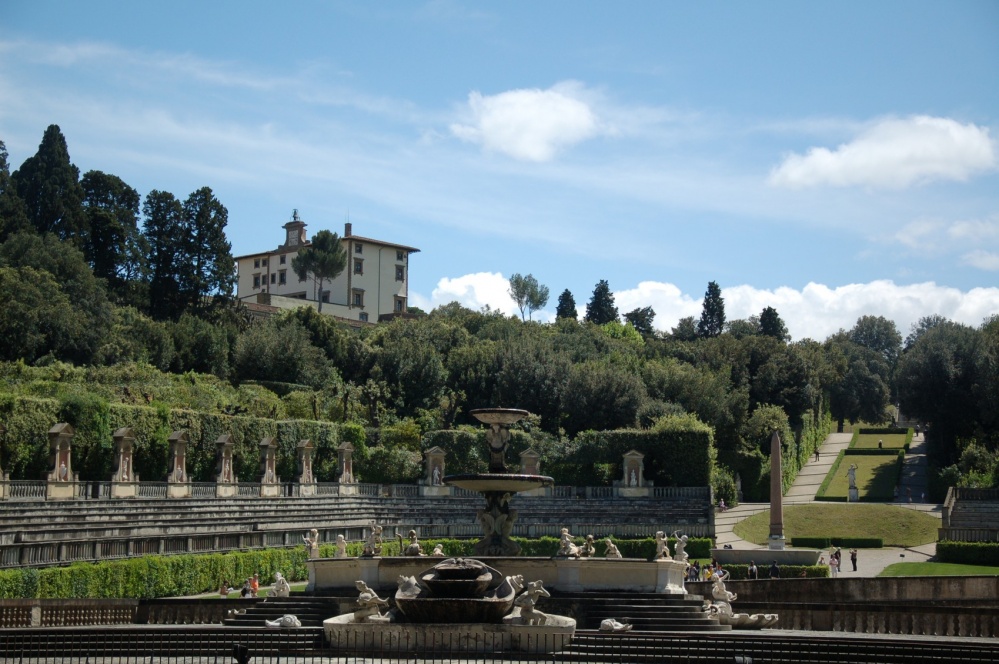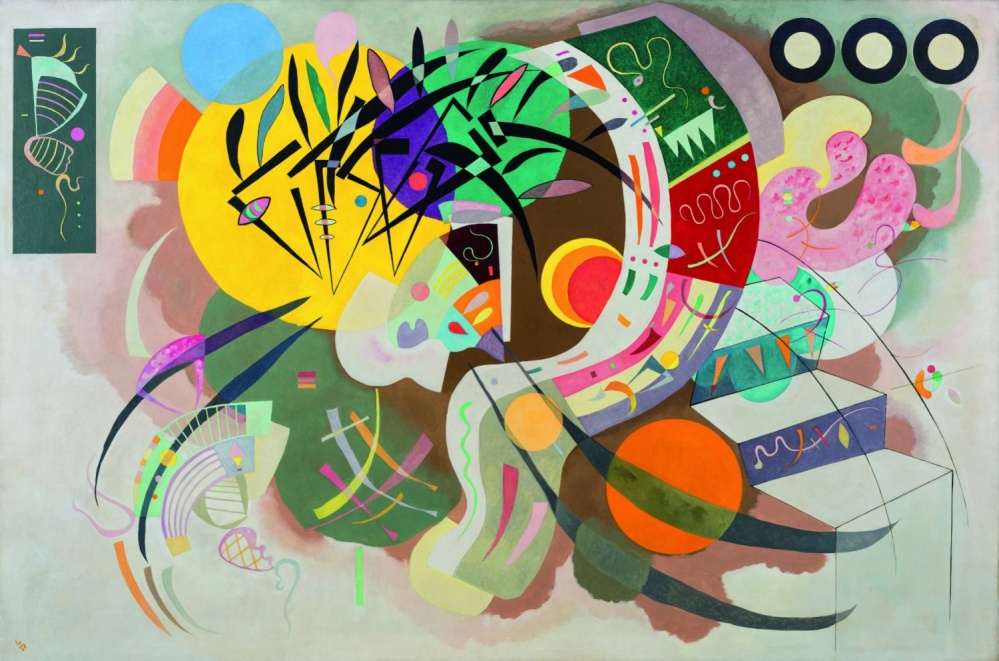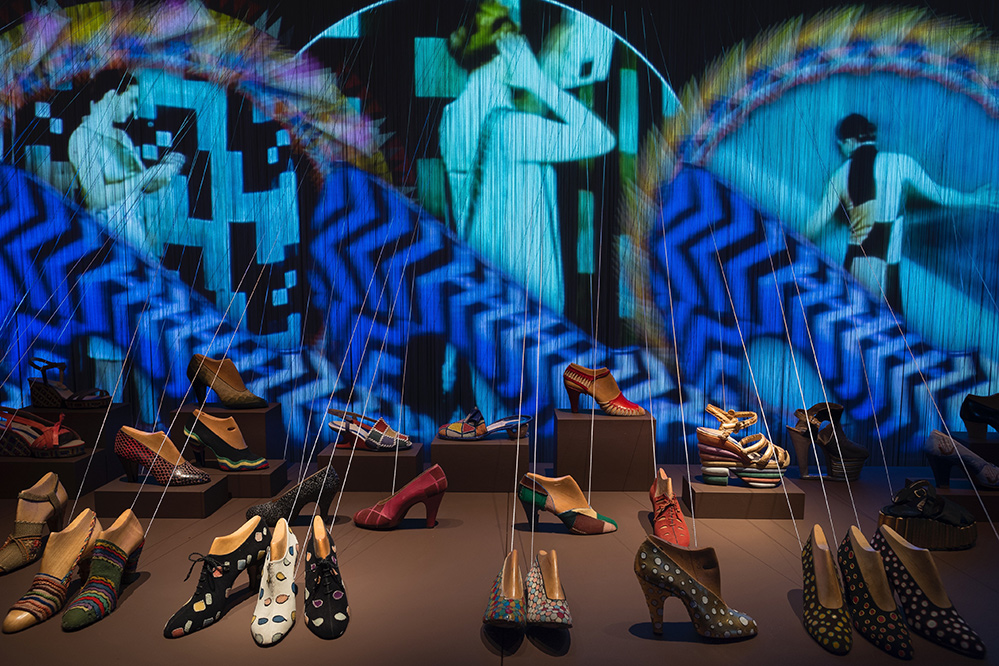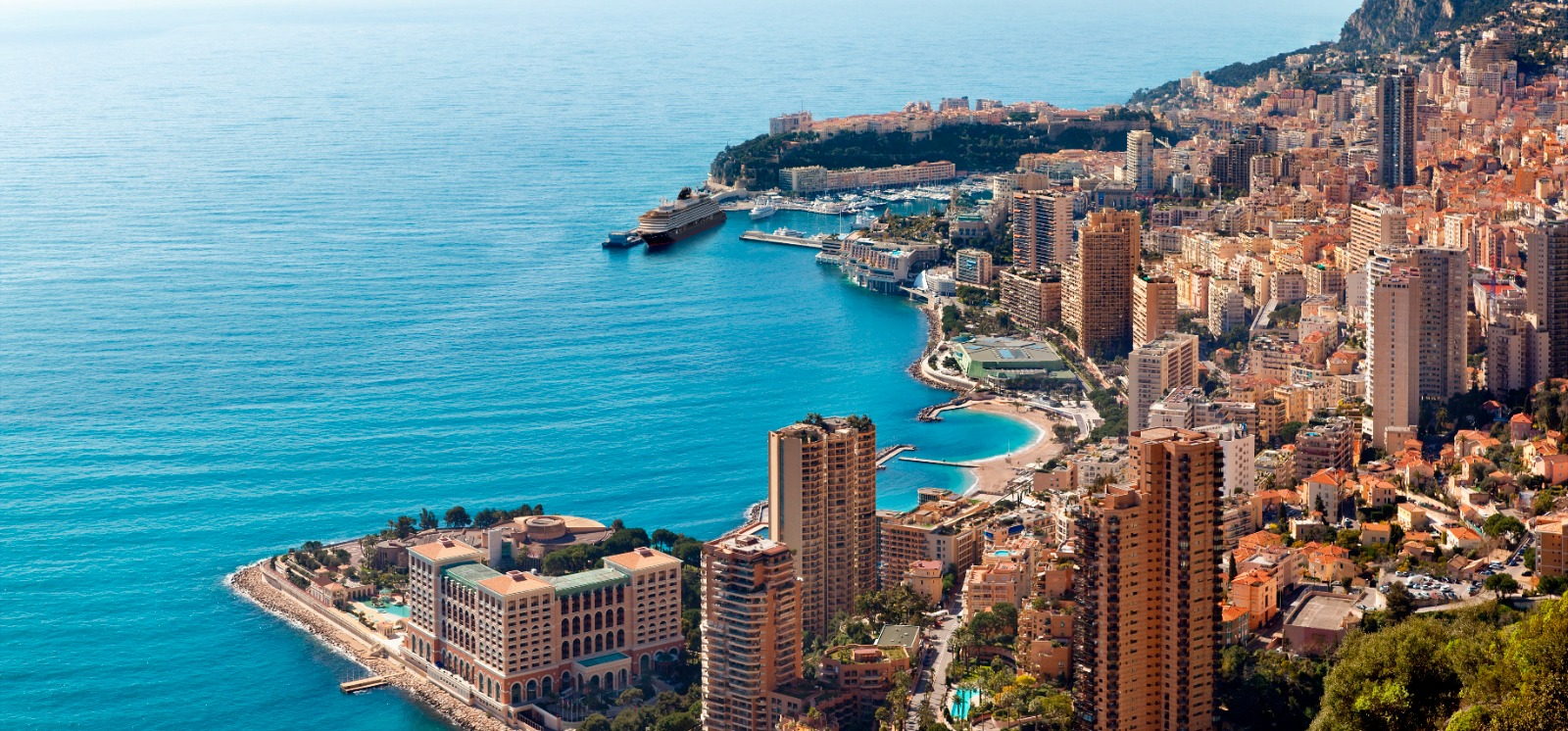In Florence for Pitti? Cultural Suggestions to Make the Most of Your Visit
Jun 16, 2016

Exhibitors and visitors are descending upon Florence for iconic menswear tradeshow bonanza Pitti Uomo (June 14-17). It’s a showcase for both international designers and for dapper street style. To offset the fashion world bubble, here are some cultural visits to enjoy throughout the city.
Palazzo Strozzi
“From Kandinsky to Pollock. The Art of the Guggenheim Collections” (March 19-July 24, 2016) is an exhibition in the Piano Nobile space that surveys the prescient tastes of American collectors Peggy and Solomon Guggenheim. Consisting of over one hundred masterpieces of European and American art from the 1920s to the 1960s — including Marcel Duchamp, Alberto Burri, Lucio Fontana, Mark Rothko, Alexander Calder, Roy Lichtenstein, Cy Twombly — Peggy Guggenheim initially showed off her collection in Venice in 1949.
In the Strozzina space is “Liu Xiaodong: Migrations” (April 22-June 19, 2016), a Chinese contemporary artist who depicts quotidian moments of Chinese communities in Italy using large-scale paintings.

Giardini di Boboli
The Boboli gardens, open to the public, are like a great open-air museum, containing the Pitti Palace, wizened oak trees, sculptures, and fountains. The development of the green space spans from the 15th to the 19th centuries: the original fields were laid out by the Borgolo family (the name from which Boboli is thought to derive), the Medici and the Lorraine families expanded and elaborated thereafter, adding Roman statues to the scenography.
Salvatore Ferragamo Museum
“Across Art and Fashion” (May 19, 2016-April 7, 2017) addresses the reciprocities and contradictions of these two creative contexts. The exhibition focuses on the work of Salvatore Ferragamo, who often looked to avant-garde 20th century art movements. Other art-inspired designers are on view as well: Elsa Schiaparelli and Jean Cocteau’s evening coat from a 1937 collection dialogues with Issey Miyake’s bodice in reinforced plastic fiber from a 1980 collection.

Le Murate
This former 15th century-built prison is currently a hotbed of contemporary culture called Caffè Letterario. The cafe and event space within this fortress host readings, performances, film screenings, and concerts, principally in Italian. Even without understanding the local language, the storied structure itself is worth seeing.
Museo Stefano Bardini
Named after its founder, Stefano Bardini (1854-1922), this successful Italian art collector and antique dealer transformed his rich collection into a museum and donated it to the Municipality of Florence. Housed in the former church and convent of San Gregorio della Pace, it was renovated by Bardini himself and turned into a neo-Renaissance palazzo featuring exhibition spaces as well as back rooms for restoration. Bardini’s specialization was in Italian paintings, sculptures, cassoni (chests), and furnishings, and he was also widely admired for extracting and restoring frescoes.





























